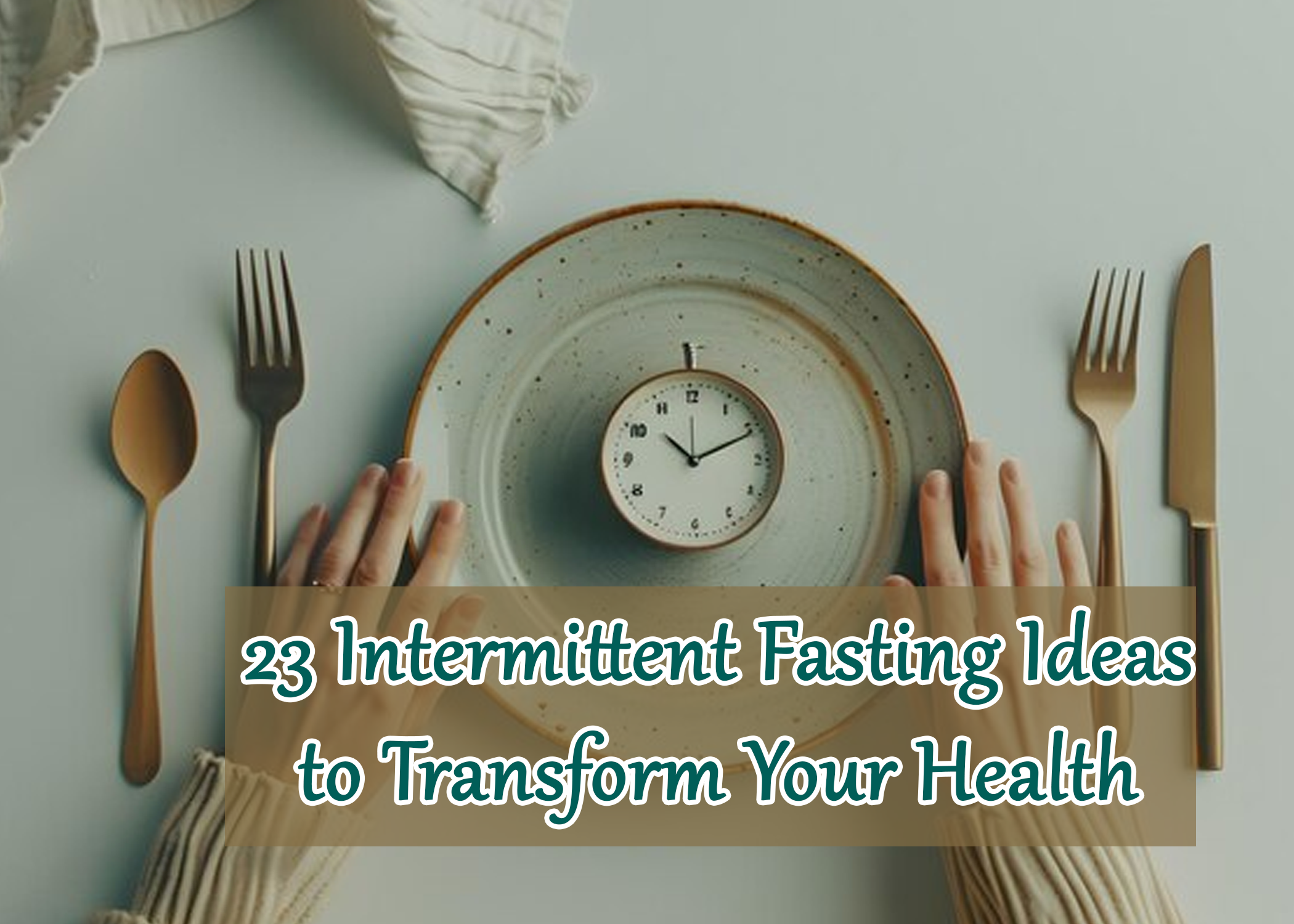Intermittent fasting isn’t just a diet; it’s a lifestyle shift that can completely transform how your body functions. Whether you want to lose weight, boost energy, or improve metabolism, fasting offers a simple yet effective solution.
The best part? There is no single right way to do it! You can choose from different fasting methods and adjust them based on your schedule and preferences. Let’s dive into 23 creative intermittent fasting ideas to help you achieve your health goals.
What Is Intermittent Fasting and Why Does It Work?
Intermittent fasting (IF) is an eating pattern where you cycle between periods of fasting and eating. It focuses on when you eat rather than what you eat, making it an easy lifestyle change.
When you fast, your body shifts into fat-burning mode and uses stored fat for energy instead of food. This process, called ketosis, helps burn fat, improve metabolism, and regulate blood sugar levels. With the right fasting strategy, you can transform your body and health effortlessly.
1. The Classic 16:8 Method
The 16:8 fasting method is the most popular and beginner-friendly fasting style. It involves fasting for 16 hours and eating within an 8-hour window, making it easy to follow.
A common schedule is skipping breakfast and eating between 12 PM and 8 PM. This method allows you to have two or three meals a day while still getting the benefits of fasting. It’s a great way to start your fasting journey without feeling deprived.

2. The 14:10 Method for Beginners
If you’re new to fasting, the 14:10 method is a gentle way to ease into it. This approach involves fasting for 14 hours and having a 10-hour eating window, which is more manageable.
You can start your first meal at 10 AM and stop eating by 8 PM, making it ideal for those who prefer having breakfast. Over time, you can extend your fasting window to 16 hours for greater benefits.

3. The 18:6 Method for More Fat Loss
For those looking for faster fat loss, the 18:6 method offers a slightly longer fasting window. It involves fasting for 18 hours and eating within 6 hours, making it an upgrade from the 16:8 method.
This fasting style helps trigger autophagy, a process where your body cleans out damaged cells and regenerates new ones. It also improves insulin sensitivity and can speed up weight loss results.
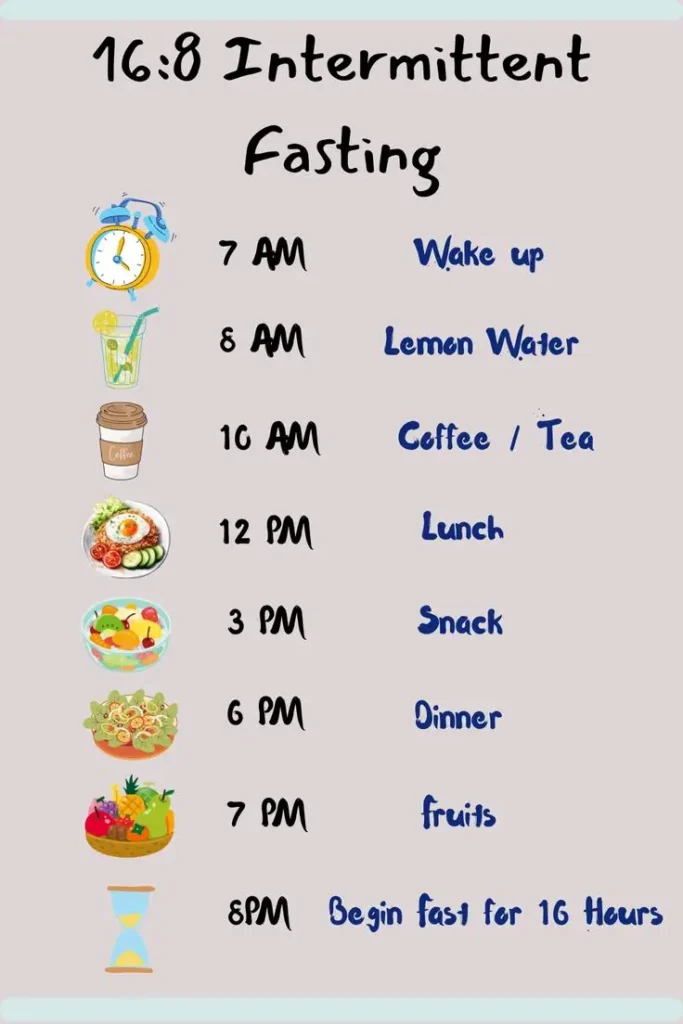
4. The Warrior Diet (20:4 Fasting)
The Warrior Diet follows a 20-hour fasting period, leaving only 4 hours for eating. This method is ideal for those who prefer eating one large meal a day in the evening.
During the fasting window, small snacks like nuts and veggies are sometimes allowed. However, sticking to water, coffee, or tea during the fast helps maximize fat-burning effects.
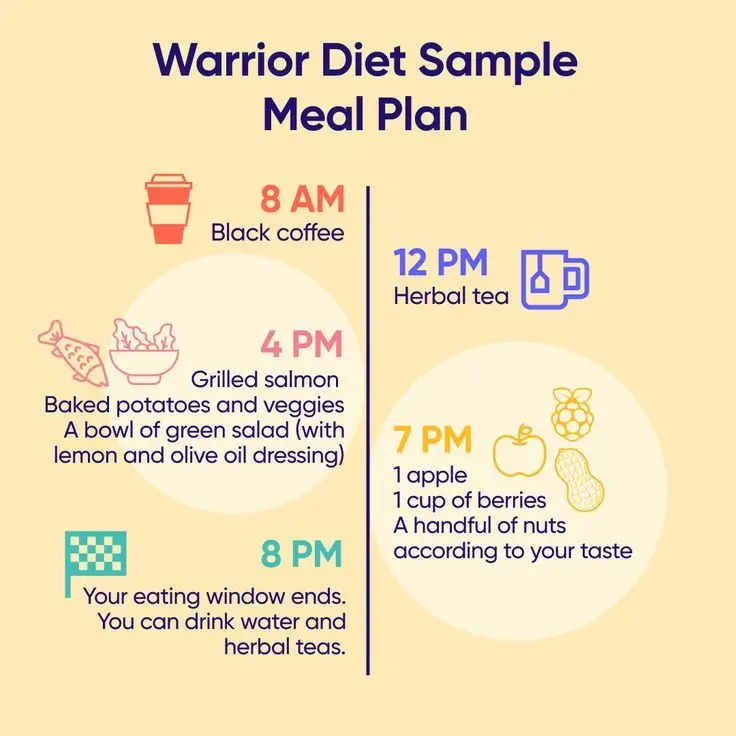
5. One Meal a Day (OMAD)
The OMAD fasting method requires eating only one meal per day, making it one of the most extreme fasting styles. It’s best suited for those who enjoy large, nutrient-dense meals.
By keeping insulin levels low for an extended period, OMAD can rapidly accelerate weight loss and mental clarity. However, it’s essential to ensure proper nutrition to avoid deficiencies.

6. Alternate-Day Fasting
Alternate-day fasting is a flexible approach where you fast every other day, allowing for some food intake on fasting days. Some people consume zero calories, while others limit themselves to 500 calories.
This method can lead to significant fat loss without requiring daily fasting. However, it takes time for the body to adapt, and it’s essential to maintain balanced meals on eating days.

7. 5:2 Diet (Eat Normally 5 Days, Fast 2 Days)
The 5:2 fasting method allows you to eat regularly for five days and fast for two non-consecutive days. On fasting days, the calorie intake is limited to around 500-600 calories.
This approach is great for those who struggle with daily fasting but still want the health benefits. It helps with sustainable weight loss and can be easier to maintain than strict daily fasting.
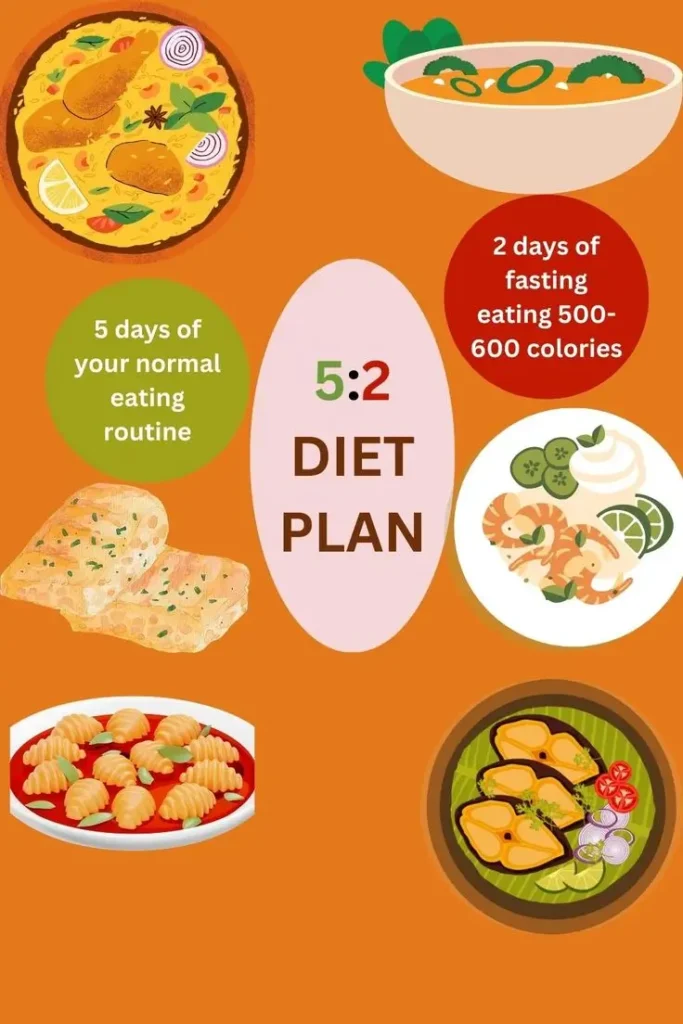
8. The Crescendo Method for Women
Women often experience hormonal fluctuations, making long fasting hours difficult. The Crescendo Method is a gentler fasting style designed to prevent hormonal imbalances.
Instead of fasting daily, you fast only 2-3 days per week for 12-16 hours at a time. This method allows women to adjust gradually and avoid energy crashes and mood swings.
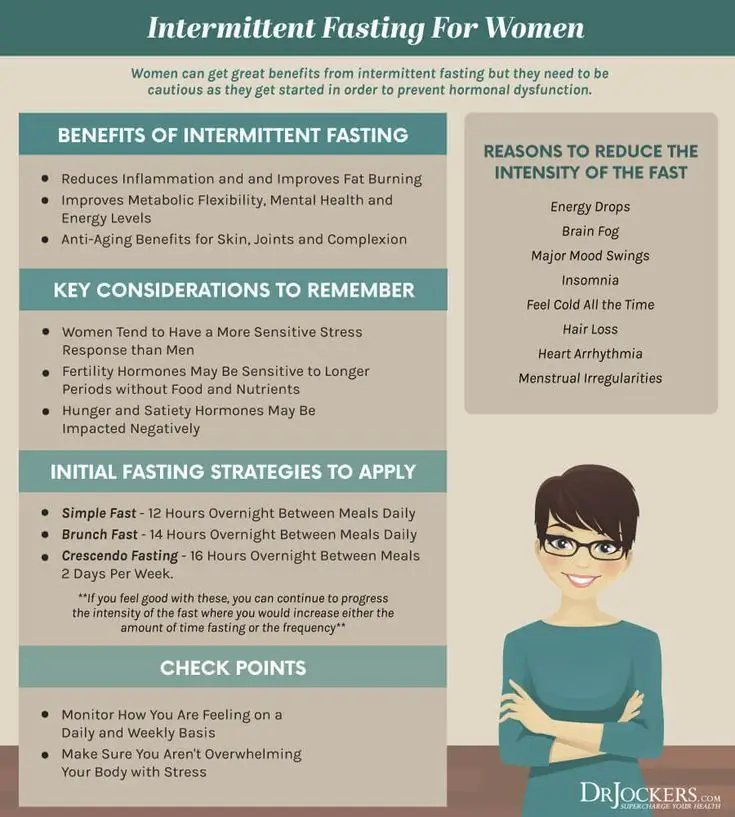
9. Protein-Sparing Modified Fasting (PSMF)
If you want to burn fat without losing muscle, PSMF is a great option. This method focuses on high-protein intake while keeping fats and carbs low.
By prioritizing lean proteins, you can preserve muscle mass while still benefiting from fasting. This method works well alongside resistance training for body composition improvements.

10. Fat Fasting for Keto Enthusiasts
For those on a keto diet, fat fasting is an excellent way to deepen ketosis. Instead of consuming carbs or protein, you only eat high-fat foods like avocados, nuts, and butter.
This method keeps energy levels stable while allowing the body to burn fat efficiently. It works best as a short-term fasting strategy rather than a long-term approach.

11. Intermittent Dry Fasting
Dry fasting means abstaining from both food and water for a specific period. While challenging, it can speed up fat loss and reduce inflammation.
Short dry fasts of 12-16 hours can be beneficial for detoxification. However, it’s essential to stay hydrated before and after to avoid dehydration.

12. Circadian Rhythm Fasting
This method aligns eating with your natural body clock by eating only during daylight hours. You eat between 7 AM and 7 PM, avoiding late-night meals.
Following this rhythm improves digestion and enhances sleep quality. It’s one of the easiest and most sustainable fasting methods.

13. Fasted Workouts for Fat Burning
Exercising in a fasted state can increase fat burning and boost growth hormone levels. Light activities like walking, yoga, or cycling work best during fasting.
High-intensity workouts can be challenging without food, so it’s important to listen to your body. Drinking water and electrolytes helps prevent fatigue.

14. The 24-Hour Fasting Method (Eat-Stop-Eat)
For those looking to reset their metabolism, the 24-hour fasting method is an effective approach. This method involves fasting from dinner to dinner or lunch to lunch, allowing your body to burn stored fat efficiently.
During this fasting window, you only consume water, tea, or black coffee to stay hydrated and suppress hunger. Many people find this method easy to follow since they still eat one full meal per day, making it an excellent option for weight management.
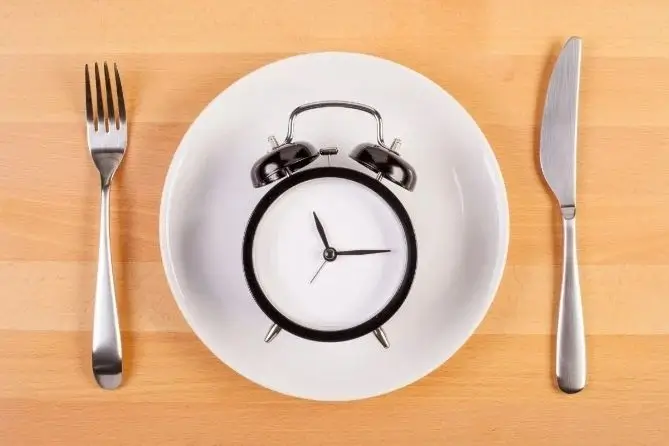
15. The 36-Hour Extended Fast
A 36-hour fast is a step beyond 24-hour fasting and is great for those who want to experience deep cellular repair and metabolic reset. This method involves stopping all calorie intake after dinner and not eating again until breakfast on the third day.
This extended fasting window helps reduce inflammation, improve insulin sensitivity, and activate autophagy. While this fast can be challenging, it provides incredible long-term health benefits when done occasionally.

16. The 48-Hour Fasting Challenge
For those looking for a powerful detox, a 48-hour fast can help eliminate toxins and improve digestion. This fasting style is not for beginners, as it requires strong willpower and proper hydration.
During the fasting period, you should consume only water, herbal teas, and black coffee to maintain electrolyte balance. By the second day, the body enters deep ketosis, allowing it to burn stubborn fat more efficiently.

17. Rolling 48s (Back-to-Back Extended Fasts)
For experienced fasters, the Rolling 48s method is an advanced approach to maximize fat loss and cellular regeneration. This method involves fasting for 48 hours, consuming a small meal, and then repeating the process.
This fasting cycle helps the body undergo deep autophagy, making it effective for individuals trying to break through weight loss plateaus. Since this method can be intense, it’s best to do it under medical supervision and ensure proper nutrient replenishment.

18. The Ramadan-Style Fast
Inspired by Ramadan fasting, this method involves fasting from sunrise to sunset, followed by a meal in the evening. It’s an excellent option for those who want to practice mindful eating and gain spiritual benefits alongside fasting.
Since this method requires avoiding both food and water during daylight hours, hydration is essential before and after fasting hours. Many people find this fasting style easy to follow because it aligns with natural eating habits.
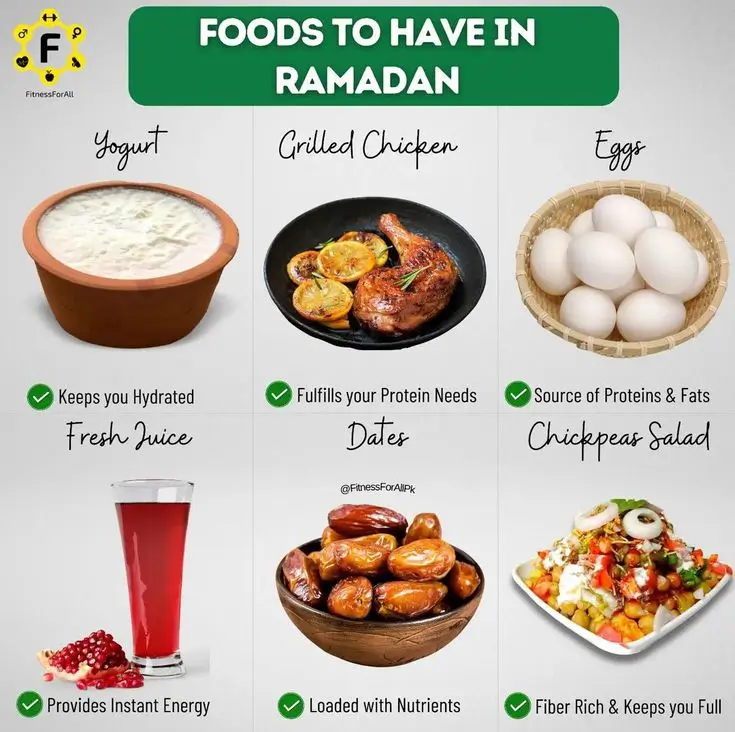
19. Juice Fasting for a Gentle Reset
Juice fasting is a softer approach to intermittent fasting, ideal for those who want to cleanse their system without full fasting. Instead of solid food, you only consume fresh vegetable and fruit juices for a set period.
This method provides essential vitamins and antioxidants, helping to flush toxins and improve digestion. While not a true fast, it allows the digestive system to take a break and absorb nutrients efficiently.

20. Soupy Fast (Broth-Based Fasting)
If a full fast feels too difficult, a soupy fast is an excellent alternative. This fasting method involves consuming only bone broth, vegetable soup, or clear broths during fasting hours.
Broth fasting helps maintain electrolyte balance while allowing your gut to rest and repair itself. It’s a fantastic way to experience light fasting benefits without feeling weak or fatigued.

21. Dry vs. Wet Fasting Experiment
For those interested in advanced fasting techniques, comparing dry fasting and wet fasting can provide valuable insights into the body’s response. Dry fasting means no food or water, while wet fasting allows for water, tea, and black coffee.
Dry fasting is more intense and leads to rapid detoxification, but it should only be done for short periods to prevent dehydration. Wet fasting is gentler and more sustainable, making it suitable for longer fasting durations.

22. Carb Cycling with Intermittent Fasting
Carb cycling is a fasting approach that allows you to adjust carb intake based on your fasting schedule. On fasting days, you consume low-carb meals, while on eating days, you incorporate higher carbs for energy.
This method is especially beneficial for athletes and active individuals who need carbohydrates for muscle recovery. By combining carb cycling with fasting, you can boost metabolism while maintaining lean muscle mass.

23. The Social Fasting Strategy
Fasting doesn’t have to interfere with your social life. The social fasting strategy allows you to plan your fasting schedule around gatherings, parties, or family meals, ensuring that you can fast without feeling isolated.
For example, you can schedule a 16:8 or 18:6 fasting window so that your eating period aligns with social events. By being mindful of your food choices, you can enjoy meals with friends and family without breaking your fasting routine.
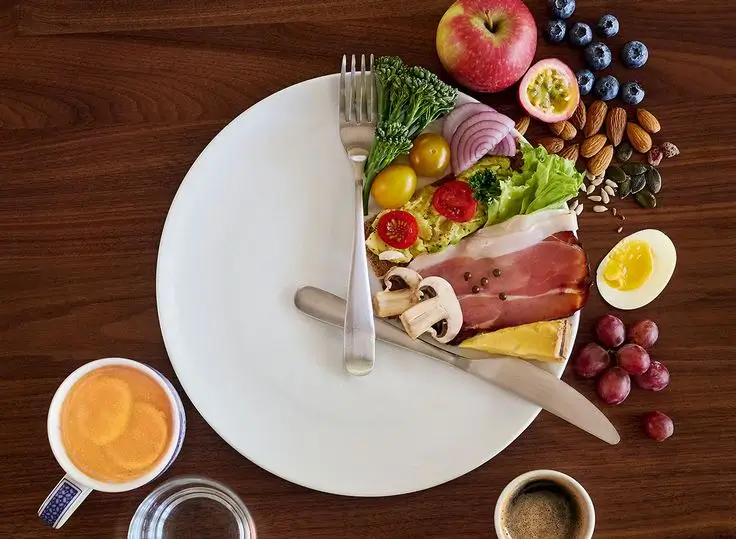
Final Thoughts: Find Your Perfect Fasting Fit
Intermittent fasting is a powerful tool that can transform your health, energy levels, and body composition. The key to success is finding a fasting method that fits your lifestyle and personal preferences.
Whether you prefer short daily fasts, extended fasting, or a flexible fasting schedule, each approach offers unique benefits. Stay consistent, listen to your body, and enjoy the life-changing results of intermittent fasting!
